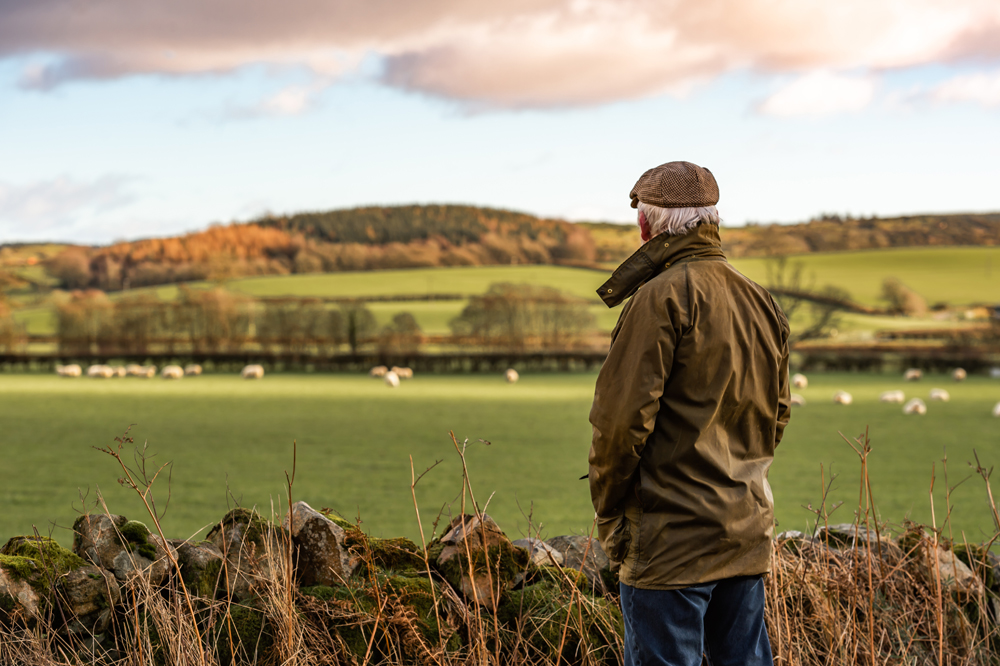Tag: public rights of way
Land and Property Professionals
We sell, rent, manage, survey, plan and advise...what can we do for you?
We sell, rent, manage, survey, plan and advise...what can we do for you?

The Countryside and Rights of Way Act 2000 introduced a cut-off date of 1st January 2026, after which time historic public rights of way cannot be recorded. However, the Government has now extended the deadline for this cut off to 1st January 2031. This affects landowners, as there is generally significant public interest from people who enjoy accessing the countryside and want to ensure that there are no historical public rights of way lost.

Additionally, after the cut-off date, the Definitive Map will not be able to be changed to correct any historical errors. This means that if a route for a public right of way is shown incorrectly, a landowner will be unable to apply to have this corrected. It is therefore important that if a landowner believes routes are recorded incorrectly they act now, especially as local highway authorities tend to have a large backlog of cases.
A new public right of way can be recognised when a route has been used for at least 20 years without interruption. The onus is on the landowner to prove that they have actively tried to prevent third parties from acquiring rights over their property. One way this can be done is by erecting signs and notices which explicitly state that public access is prohibited, but they must be maintained and located close to the land that they are looking to protect. Similarly, locking gates and/or blocking the access to routes which are not public rights of way can help to express that the landowner does not want that section of land dedicated as a public right of way.
If a landowner gives the public permission to use a particular route as a permissive right of way, the public’s ability to claim it as a public right of way is limited. This may be useful if there are particular routes which the landowner is willing to allow the public to use but where they do not want that right to become permanent. It is important to document permissive paths and also erect signs on the land confirming the use of the route is by permission.
Other ways in which a landowner can protect against new public rights of ways being created is through completing a landowner statement under Section 31(6) of the Highways Act 1980. They can also complete a statement under Section 15A of the Commons Act 2006 which works in the same way as a Section 31 deposit but against new applications for village greens. The statement is submitted to the local authority and allows a landowner to legally protect themselves against inadvertently granting any new rights of way on their land. Effectively, the landowner draws a line in the sand to prevent commencement of any new 20 year periods of use.
We can prepare the required documents required under S31 (6) and 15A on your behalf. For more information or to find out how our Rural Property & Business department can help you please contact 01234 352201 or 01280 428010 or email bedford@robinsonandhall.co.uk

We have seen an increase in the number of claims for new public rights of way based on historical evidence over recent months. Both the Ramblers Association, the British Horse Society (BHS) and other rights of way groups are encouraging members to identify previously unrecorded public rights of way. These routes will then be submitted to the relevant local authorities as Definitive Map Modification Order applications in the hope that they will be permanently added as public rights of way.
A deadline of 1st January 2026 has been set as the date by which any public rights of way which have not been formally registered on the Definitive Map will be lost and this has led to the recent increase in claims.

Members of the public can make claims to their local authority for a route to be recorded as a public right of way if there is evidence that a route existed historically. A claimant must provide evidence, usually historic maps, to prove their claim. This can apply if the route is no longer used by the public or even if the route itself no longer exists on the ground.
This project could potentially have a significant impact on landowners as the BHS are looking at hundreds of unrecorded routes. If their applications to modify the Definitive Map are successful, there will be many new registered public rights of way crossing landowners’ property.
How to object
Landowners looking to object to claims made will need to be able to demonstrate that the historic evidence produced by the claimant is inaccurate or unreliable. Alternatively, landowners can produce their own evidence showing that a route was not historically a right of way. There are deadlines for submitting objections and it is important that these are adhered to.
Whilst a deposit under Section 31(6) of the Highways Act 1980 is something we recommend for clients to prevent claims for new rights of way by the public using them continuously for at least 20 years, such a deposit cannot protect land from claims for historic routes.
For more information or to find out how our Rural Property & Business department can help you please contact 01234 352201 or email bedford@robinsonandhall.co.uk